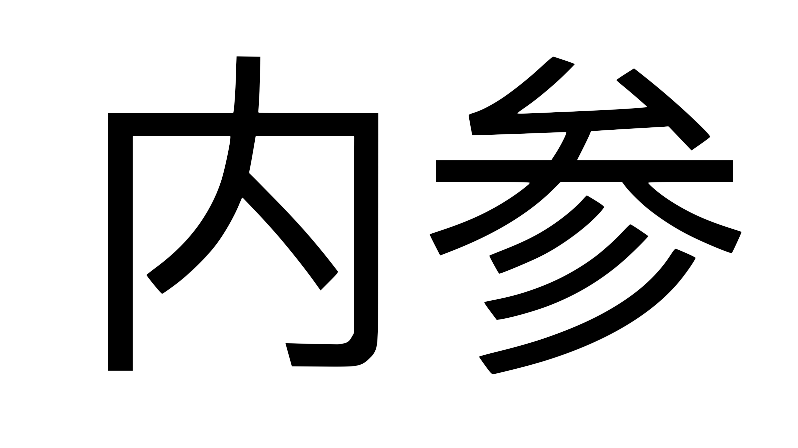China Scholarship Digest #23: May 2023 Publications
A monthly list of new China-related academic research.
Articles published in May 2023
71 journals scanned
95 articles from 35 journals found
Chinese Studies
Journal of Contemporary China
- The Rising China is Not a ‘Sick Man’ Anymore: Cultural Nationalism in the Xi Jinping Era
- Regional Development in China Under the “Dual-Circulation” Strategy: The Case of Guangdong-Hong Kong-Macau Greater Bay Area
- Assessing Public Support for (Non-)Peaceful Unification with Taiwan: Evidence from a Nationwide Survey in China
📍
"we know little about how ordinary Chinese evaluate the full set of policy tools that Beijing could potentially leverage against Taipei in the near term. Drawing from a unique public opinion survey in China, we find that armed unification, or ‘wutong’, garners only a slim majority (55%) of support, no more than for a range of less aggressive policy options, from using small-scale warfare, to coercing Taipei into negotiating, to simply maintaining the status quo. Only one out of one hundred rejected all but the most extreme option of ‘wutong’. Analyses of respondent attributes further reveal that aggressive policy preferences are primarily driven by nationalism and peer pressure, but dampened by concerns about the economic, human, and reputational costs of non-peaceful unification and the likelihood of US intervention."
📍
"Using a mixed-method design, this research examined the scale and mechanisms of the public stigmatization of the Wuhanese as ‘the folk devil’ of a moral panic and identified the social factors (social media, the collective memory of SARS, and the influence of close relations) which produced and facilitated the initial panic and subsequent public stigmatization. Through its presentation and analysis of quantitative and qualitative data, this article explains how public stigmatization has served as an effective social control instrument in China during the COVID-19 outbreak, used to contain the disease, garner strong public support for the government authorities, legitimize extreme methods used to implement containment policies, and monitor and restrict the population."
China Quarterly
- Reunifying Taiwan with China through Cross-Strait Lawfare
- Building State-controlled Volunteering in China
- Campaign-style Personnel Management: Task Responsiveness and Selective Delocalization during China's Anti-corruption Crackdown, 2013–2020
- China's Livestreaming Local Officials: An Experiment in Popular Digital Communications
- Doing Ethnicity: Multi-layered Ethnic Scripts in Contemporary China
- Social Organizations in Rural China: From Autonomy to Governance
📍
"This article examines the government purchase of social services in China as a window by which to investigate the evolving relations between the party-state and social organizations...we argue that NGOs initially operated in an emerging organizational field where they exercised considerable autonomy in setting agendas and designing services. As the party-state's incentives to utilize and co-opt the social work profession grow, however, we observe a trend towards incorporation, wherein social workers now play a bigger role alongside the strengthening of state control over the sector. Through tracing the inception and eventual termination of a decade-long social service project in Guangdong, this article shows how state incorporation might undermine the future role of NGOs in rural development."
- When Beijing Chose Seoul over Pyongyang: China–South Korea Diplomatic Normalization Revisited
- The “Wolf Warrior Cycle”: Chinese Blockbusters in the Age of the Belt and Road Initiative
Modern China
- Contested Memories: An Imaginary Museum for a Chinese Female Revolutionary Martyr, Liu Hulan
- “In Other News”: China’s International Media Strategy on Xinjiang—CGTN and New China TV on YouTube
📍
"This is the first article to systematically analyze the response of China’s international state media to [Xinjiang human rights violation] allegations. By studying the YouTube channels of two leading Chinese state media, China Global Television Network (CGTN) and New China TV (operated by Xinhua News Agency), it presents an in-depth understanding of how China’s foreign-facing propaganda works in a crucial case. The quantitative content analysis highlights how China reacted to increasing international (mostly United States) pressure regarding its Xinjiang policies by producing higher volumes of videos and putting out new counternarratives. The qualitative analysis that follows provides in-depth treatment of the most important discourses that Chinese media engage in to salvage the nation’s international image, namely those on development, culture, nature, and terrorism. It finds several ways of countering criticism, ranging from presenting a positive image of China, in line with traditional propaganda guidelines and President Xi Jinping’s assignment to state media to “tell the China story well,” to more innovative approaches. Thus the development narrative becomes more personalized, the discourse on culture supports the “heritagization process” to incorporate minority cultures into a harmonized “Chinese civilization,” representations of nature firmly tie Xinjiang into the discourse of “beautiful China,” the “terror narrative” strategically employs shocking footage in an attempt to gain international “discourse power,” etc. The article provides an up-to-date picture of China’s state media strategy on a highly contentious international issue.
China Review
- What Does It Mean to Be or to Become Chinese? Interdisciplinary Reflections on Chinese Identity
- To Be or To Become a Chinese, That Is a Question
- What Would Confucius Say? Everyone Is (More or Less) Chinese
- Rethinking Han Chinese Identity
- Reflections on the Zhong Guo and the Yi Di with Reference to the Middle Period
- Filial Piety for Modern China
- The Evolution of Modern Chinese Nationality Law: A Historical Perspective
- The Dilemmas of Becoming Chinese in Taiwan
- Tianxia and Its Decolonial Counterparts: "China" as Civilization, Not Ethnicity
Asian Studies
